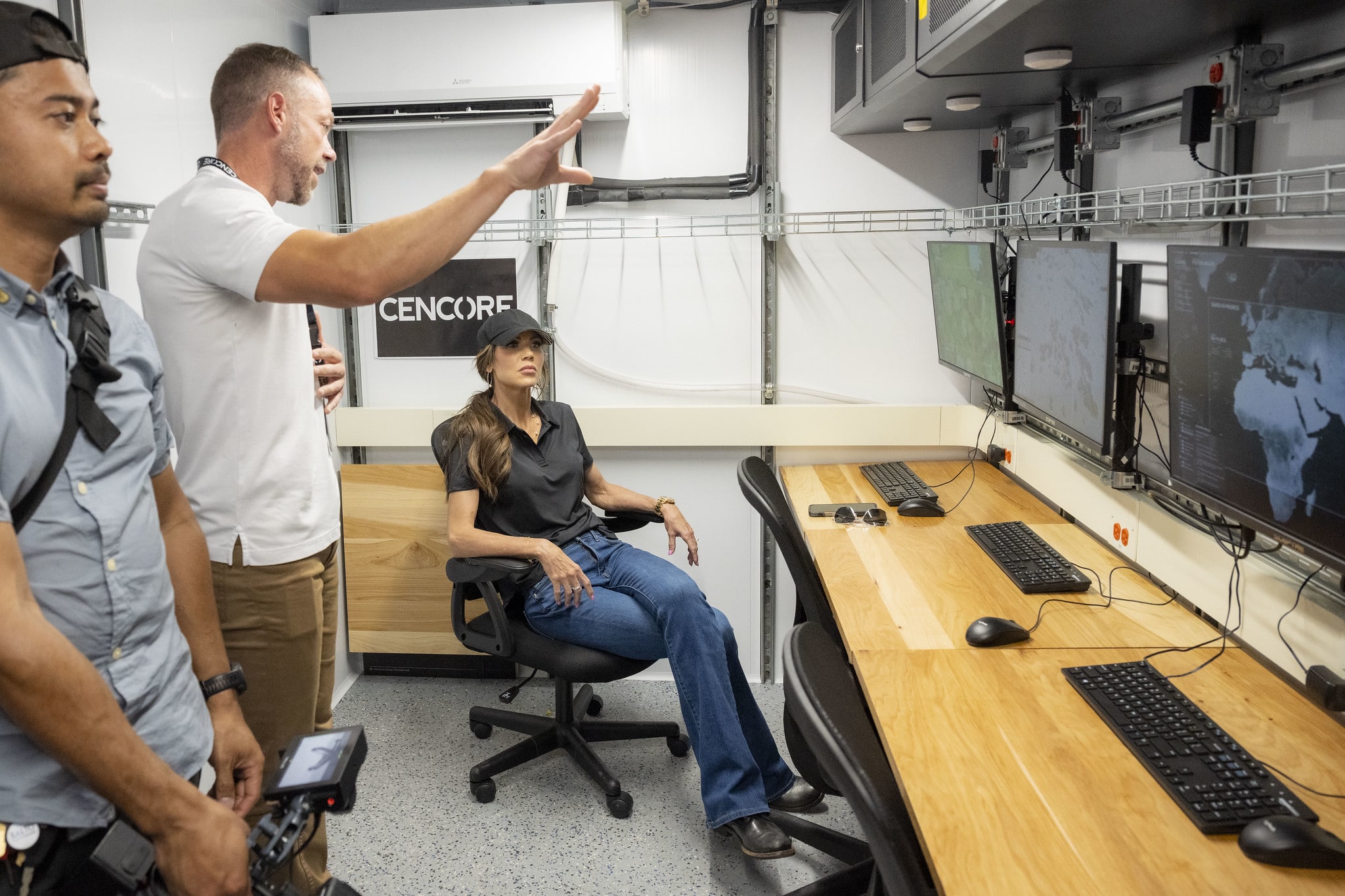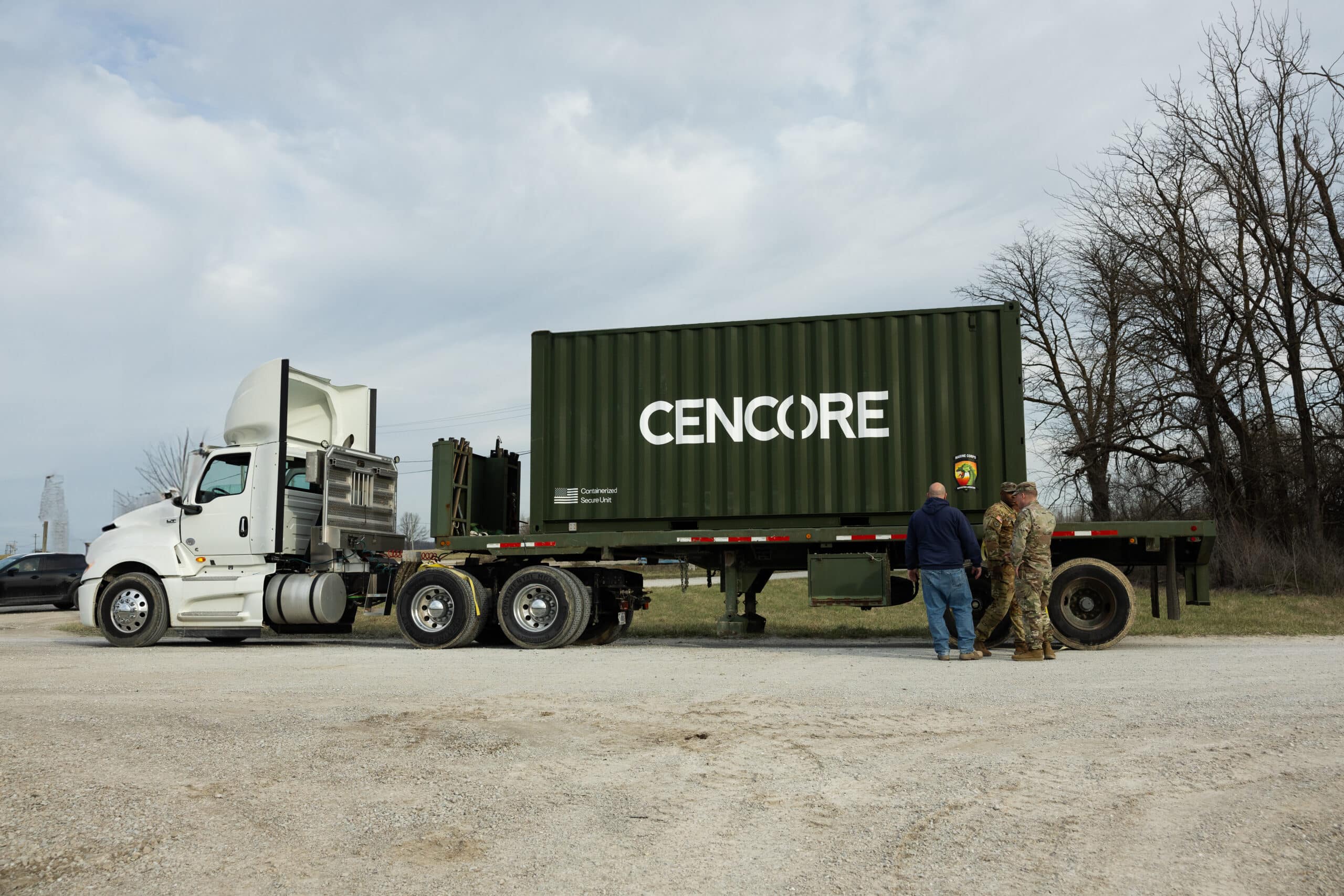America doesn’t need more factories—it needs to mobilize the industrial base we already have. In today’s era of Industrial-Style Wars, where precision munitions and digital defense capabilities are consumed at commercial speed, our approach to national defense can no longer rely on slow, siloed, top-down systems.
The Defense Department continues to grapple with peacetime bureaucracy while our adversaries—from China to emerging non-state actors—accelerate through direct civil-military integration. We’re still debating billion-dollar expansions and decade-long plans while they exploit commercial infrastructure for immediate military power.
The Real Bottleneck Isn’t Manufacturing Capacity in the Defense Industry
Walk through any major U.S. city and you’ll find dormant manufacturing capacity: high-precision CNC machines running one shift a day, electronics firms producing components suited for advanced weapon systems, and auto suppliers that meet aerospace-grade quality standards. These operations are already capable of supporting defense production.
The industrial base exists. The expertise is in place. The security clearances are current. The capability is proven.
What’s missing is horizontal integration—the systematic alignment between mission requirements and commercial production potential. Without it, we have the machinery but not the momentum.
Mobilization Over Construction in National Defense Production
Building new defense production infrastructure takes years. Between permitting, environmental reviews, construction, equipment installation, and workforce training, the timeline is out of step with the velocity of modern threats. And by the time a facility reaches full capacity, the conflict it was built for may already have shifted.
Mobilizing existing capacity takes weeks.
A machine shop producing auto parts today can be turning out missile guidance housings by next month. A circuit board plant serving telecommunications can pivot to secure military production using cleared personnel and existing tooling. This isn’t theoretical—it’s actionable strategy, and it’s how we stay ahead of future conflict.
Speed as Strategy in America’s Defense Industrial Base
Our adversaries don’t wait for perfect conditions. They activate available resources and iterate fast. The United States must embrace this same mindset—not with more bureaucracy, but with rapid action and commercial coordination.
Every advanced manufacturer, every cleared supplier, every modular assembler represents a node in America’s defense industrial base. Activating this network is how we win. This is what strategic speed looks like in the 21st century: not bigger factories, but smarter activation.
Resilience Comes from Networked Defense Supply Chains
Real strength in the defense industry doesn’t come from centralized mega-facilities. Those are vulnerable to disruption, cyberattack, or geopolitical chokepoints. Resilience comes from a distributed, decentralized ecosystem—resilient supply chains composed of smaller, more agile manufacturers that can surge together when activated.
We saw this in action during COVID-19, when American industry pivoted in real-time to build ventilators, PPE, and critical infrastructure components. The agility is there. The capacity is there. All that’s missing is the defense procurement framework to enable it.
So What Is the Arsenal of Democracy?
Though the term originated in World War II, the concept of the arsenal of democracy is more relevant than ever. President Franklin D Roosevelt introduced it during a 1940 fireside chat, as he called on the United States to become the primary supplier of weapons, industrial goods, and support to Allied nations—before America had even entered the war.
The meaning of the arsenal of democracy was clear: the nation’s industrial capacity would be the decisive factor in defeating authoritarian regimes. Car companies became tank manufacturers. Refrigerator factories produced aircraft engines. Civilian industry was repurposed to support national defense at wartime scale.
The Arsenal Today: From World War II Tanks to Modern Defense Capabilities
Today, the arsenal of democracy must evolve to match a new generation of threats that span cyber, space, and electronic warfare in addition to traditional domains. What made the arsenal effective during World War I, World War II, and the Cold War was its adaptability and speed—not just the sheer volume of weapons produced.
That spirit must guide us again.
We’re no longer just producing physical systems. Now, we must integrate secure communications platforms, sensors, AI-driven targeting, and hardened infrastructure—often from commercial origins—into defense operations. This is where the modern national defense industrial strategy must focus: integration, not invention.
Dual Use Everything: A Core Pillar of the National Defense Industrial Strategy
CenCore’s approach to accelerating the arsenal of democracy is grounded in one core principle: dual-use everything. The same innovation that powers commercial success—whether in gaming graphics, mobile chipsets, or satellite comms—can be rapidly repurposed for defense capabilities.
- Commercial drone firms already make platforms suited for ISR.
- Telecoms provide secure componentry for field comms.
- Gaming hardware powers battlefield simulators.
- Consumer electronics support edge computing and targeting.
Why reinvent what already works? This is about mission-first execution, not novelty.
Empowering the Warfighter Through Defense Procurement Reform
For the warfighter, the modern arsenal of democracy translates to real-world capability—on time and in the field. This model gets defense capabilities into the hands of operators faster, by bypassing outdated defense procurement systems and tapping into ready-made tech.
This approach works best when commercial and military stakeholders collaborate directly. We must stockpile capability—not in warehouses, but in partner networks that can deliver at the speed of mission. Working side-by-side with warfighters ensures that what’s built matches what’s needed—without waiting years for custom development.
Reforming Procurement for Strategic Impact in the Defense Department
The outdated procurement model, often bound by rigid acquisition frameworks, can no longer keep pace. We must streamline defense contracts, leverage the Defense Production Act, and empower stakeholders across the private sector to act quickly and iteratively.
The longer it takes to deploy defense spending, the more opportunity we give our adversaries to close the gap.
Horizontal Alignment Beats Vertical Integration in Defense Production Strategy
Let’s stop drawing blueprints for future factories. Instead, let’s:
- Map existing manufacturing capacity
- Stress-test current supply chains
- Activate suppliers that already meet spec
- Build a living network—not static infrastructure
The arsenal of democracy isn’t about how much you build—it’s about how fast you can use what you already have.
We’ve Done It Before: Mobilizing American Industry from the Cold War to Future Conflict
From World War I through the Cold War, the United States has demonstrated a unique strength: industrial agility. We didn’t outmatch the Soviet Union by brute force. We did it through flexible, scalable innovation that linked commercial ingenuity with military production.
That playbook still works—if we have the urgency to follow it.
The time for passive observation is over. The time for activating the defense industrial base is now.
Staying Arsenal-Ready to Support the National Defense Strategy
The national defense strategy depends on more than budgets—it depends on speed, clarity, and action. Defense contractors, prime contractors, small businesses, and modular tech innovators all have a role to play in making sure the U.S. remains the global standard for military production and wartime readiness.
The question is no longer what does the arsenal of democracy mean?
It’s: how fast can we mobilize it again?
About CenCore
About CenCore
CenCore is a leading provider of cleared staffing solutions, advanced technology modular platforms, and proximity-based services to the defense industry, enterprise businesses, and intelligence communities. With deep expertise in supporting national defense operations, CenCore connects top-tier cleared professionals with organizations driving innovation in defense production, cybersecurity, and infrastructure security. Our commitment to excellence delivers resilience, secure platforms, and operational advantage where it matters most—for the warfighter.




